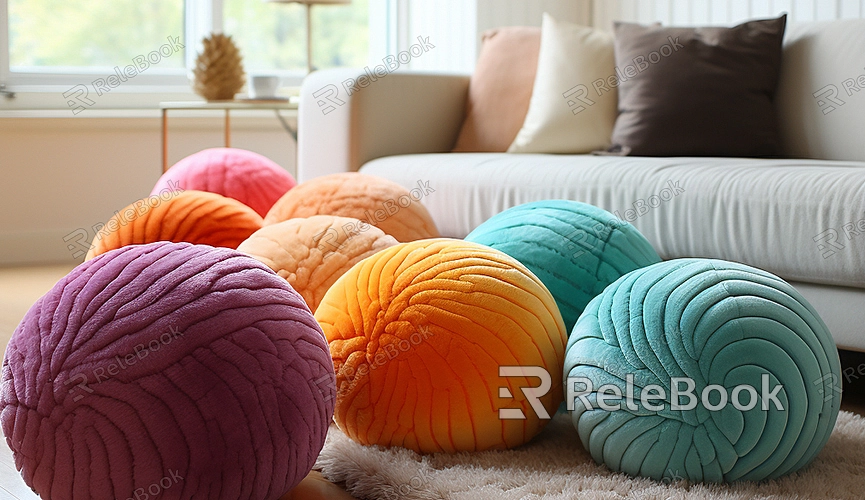Designing Texture Backgrounds in Photoshop
How to design texture backgrounds in Photoshop? In the field of 3D design, texture backgrounds are often used to enhance the visual effects and depth of models, making the rendering results more realistic. As a powerful image processing software, Photoshop provides rich tools and features to design and create various texture backgrounds. Here are some operation techniques that may be helpful to you.

1: Define Design Goals and Style
Before starting the design, it's crucial to clearly define your design goals and the desired style. Consider the theme, color scheme, and the emotions or atmosphere you want to convey in your design work. This will help you choose or create a suitable texture background.
2: Collect and Prepare Materials
You can search and download ready-made texture materials from the internet or shoot and scan real-world textures yourself. Ensure the materials are of high quality and sufficient resolution. Open your texture materials in Photoshop and crop or resize them as needed. If you need inspiration for creating exquisite 3D texture background images, you can download high-quality 3D textures from Relebook as a reference.
3: Use Layer Blend Modes and Transparency
In Photoshop, copy the texture material into your design file, place it in the appropriate position, and adjust its size. Experiment with different layer blend modes (such as Overlay, Soft Light, Color Dodge, etc.) to alter the interaction between the texture and design elements. By adjusting the transparency of the layer, you can control the intensity and visibility of the texture.
4: Edit and Adjust Textures
Utilize various filters and tools in Photoshop to edit and adjust the texture to meet your design requirements. For example, use the "Blur" or "Sharpen" tools to alter the texture's clarity, use "Hue/Saturation" or "Color Balance" to adjust the texture's color, or employ "Noise" or "Grain" filters to enhance texture.
5: Create Composite Textures
If you want to create more complex texture backgrounds, try combining multiple texture materials. Through layer masks and adjustments, you can precisely control the display area and transparency of each texture, creating layered and deep composite textures.
6: Optimize and Export
After completing the texture background design, review the overall visual effects and quality. Ensure that the texture harmonizes with other design elements and maintains good performance across different resolutions and screen environments. Finally, export the design in the appropriate format and size for use on various platforms.

